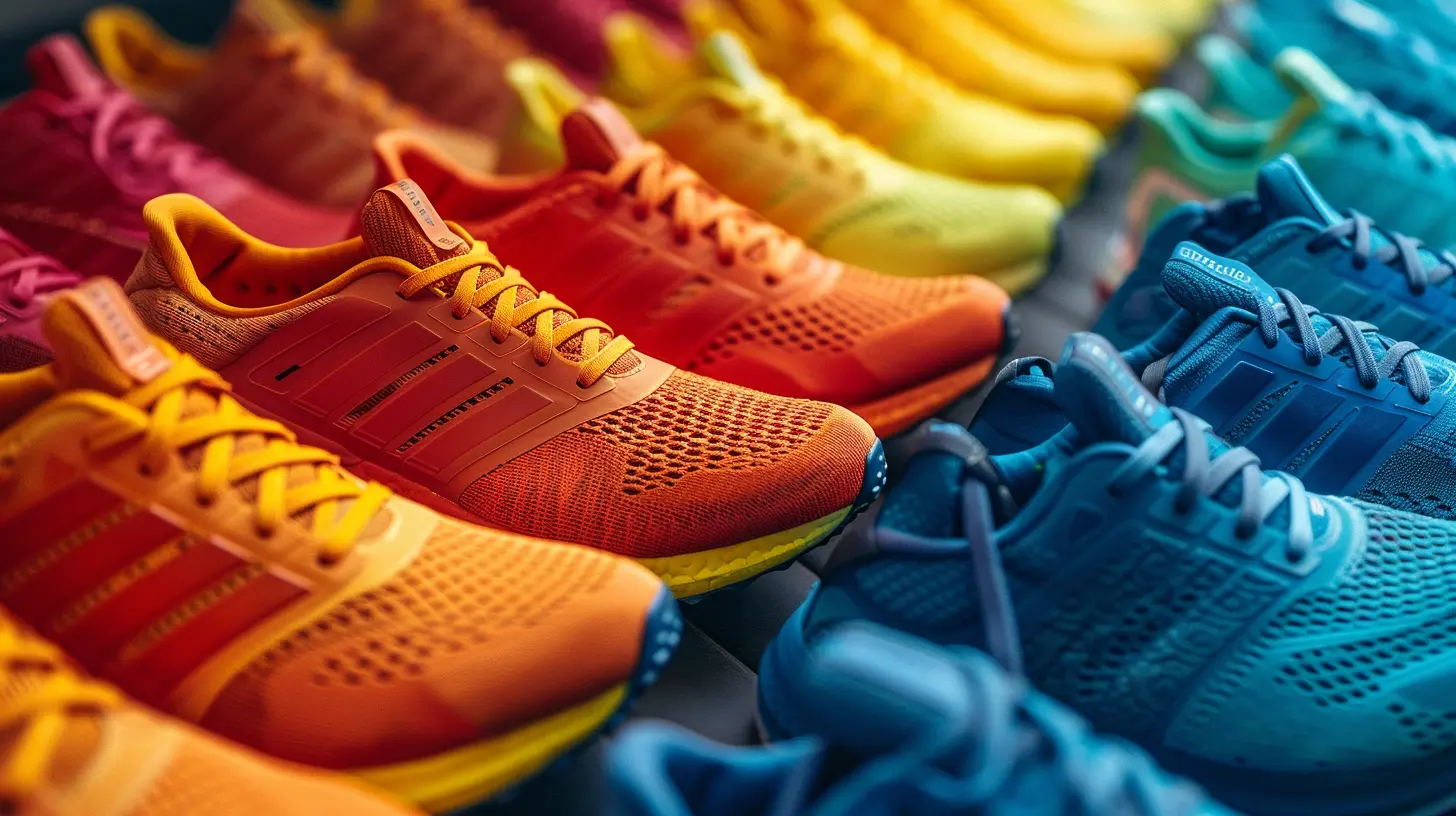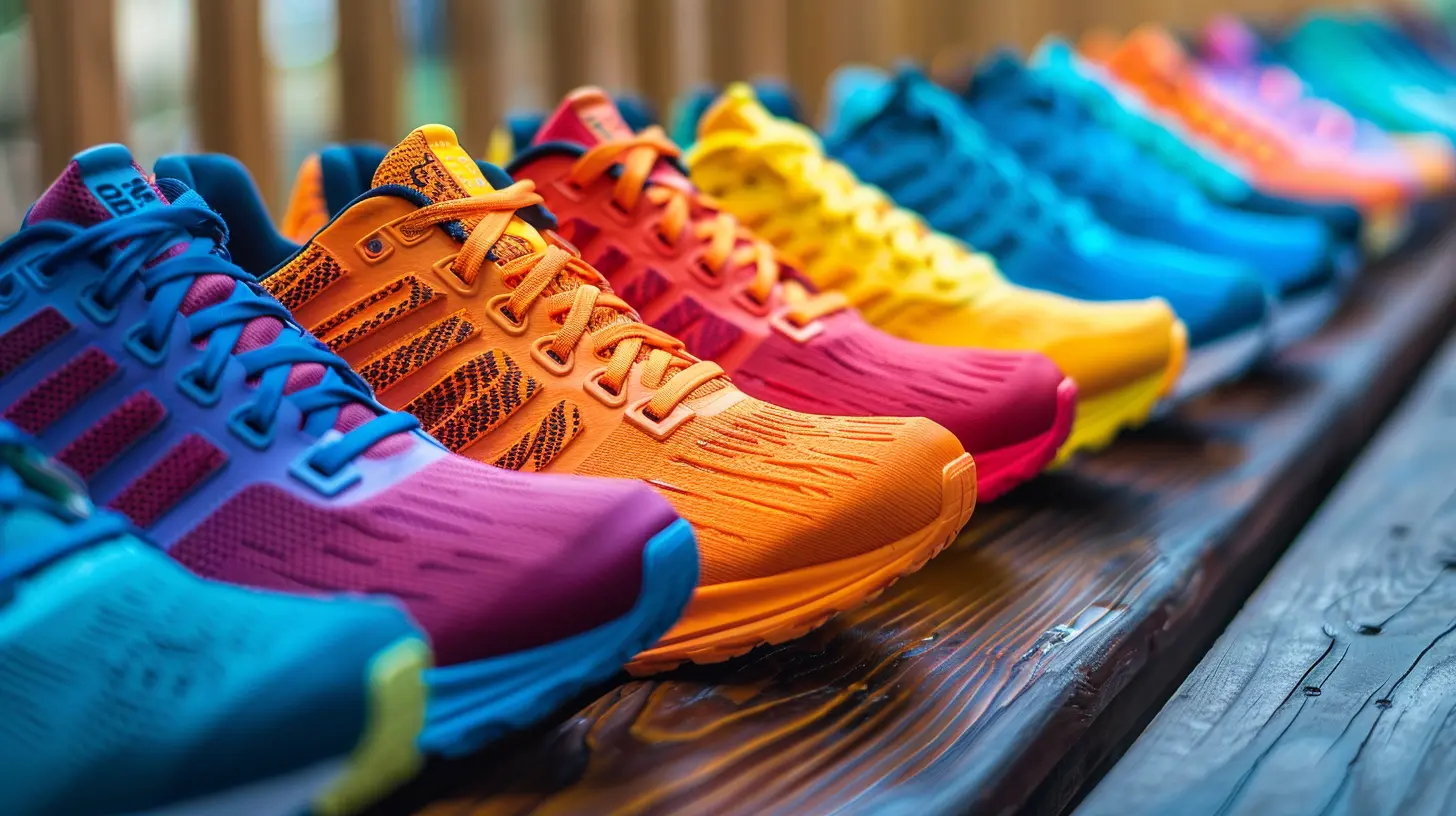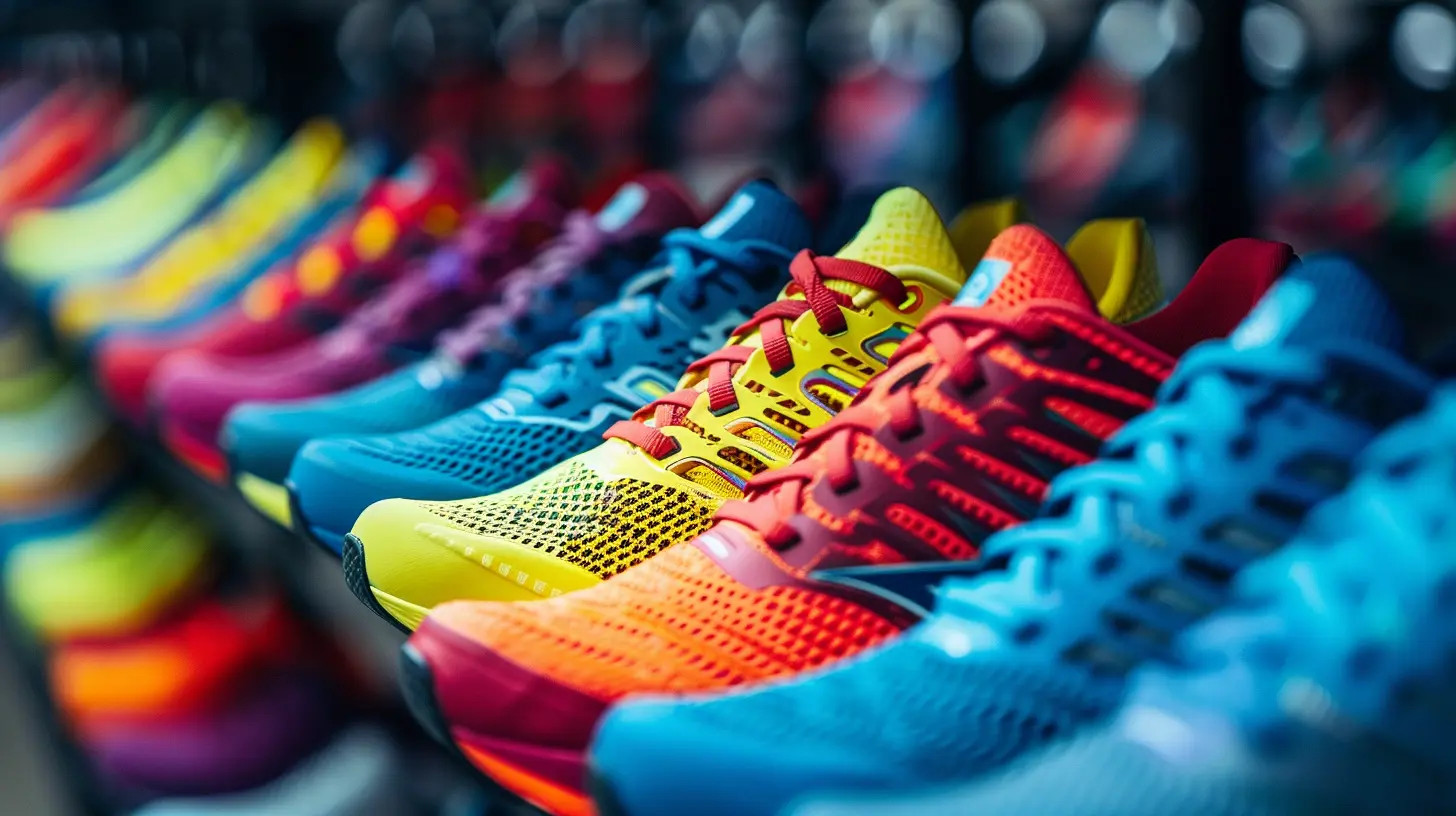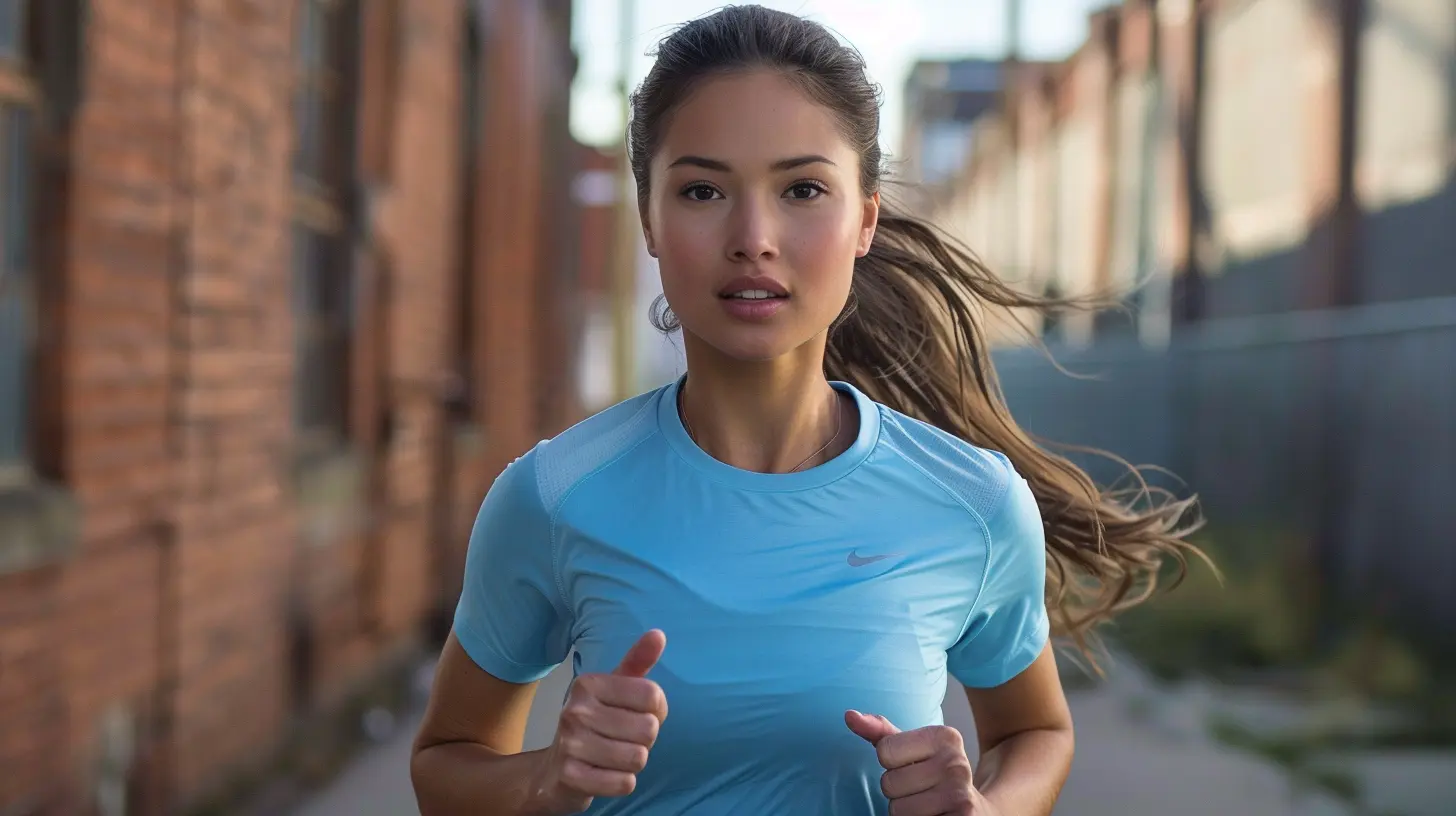Best Running Gear for Beginners
13 November 2025
So, you've finally decided to give running a shot—good for you! Whether it's to lose a few pounds, clear your head, or just a new challenge to tackle, running can be a total game-changer. The thing is, as a beginner, the whole “running gear” world can feel like a jungle. Do you really need expensive shoes? What kind of clothes are best? Are gadgets worth it?
Don't worry, I'm here to help break it all down. You don’t need to go broke, but a few smart investments in the right gear can make your runs more comfortable, safer, and a lot more enjoyable. Let’s walk—err, run—through the best running gear for beginners, one step at a time.
Why the Right Running Gear Matters
Running is one of the most accessible forms of exercise out there. But here’s the deal: the gear you use can either set you up for success or leave you frustrated (and maybe even injured).Think of your gear like your support crew. A comfy pair of shoes is like good tires on a car—without them, everything feels off. The right clothing? That’s your armor against chafing, sweat, and weather discomfort. Gear doesn’t have to be fancy, but it should work for you.
1. Running Shoes: Your Most Important Investment
Let’s start with the MVP—your running shoes.What to Look For
Not all sneakers are created equal. Your running shoes should match your foot type, gait, and where you’ll be running (road, trail, treadmill?). Here are the key things to keep in mind:- Cushioning: Do you prefer a soft landing or a more responsive feel?
- Arch Support: Flat feet? High arches? This matters big time.
- Fit: There should be about a thumb’s width of space at the toe.
- Type: Road running and trail running shoes are not the same.
Pro Tip:
Visit a specialty running store if you can. Many offer free gait analysis and can help you find the perfect pair.Popular Beginner-Friendly Running Shoes:
- Brooks Ghost- Asics Gel-Cumulus
- Nike Pegasus
- Hoka One One Clifton

2. Moisture-Wicking Clothing: Get That Sweat Gone
Cotton might be comfy for lounging, but for running? Not so much. Cotton holds on to sweat, gets heavy, and can cause chafing. Ouch.Look For:
- Moisture-wicking fabrics like polyester or nylon blends.- Breathable mesh panels for extra airflow.
- Flat seams to reduce irritation.
Key Clothing Pieces:
- Running T-shirts or tanks- Lightweight shorts or leggings
- Sports bras with support (for women)
- Compression socks (optional, but comfy)
Bonus Tip:
Layer up if it’s cold. Opt for a base layer that wicks sweat, a mid-layer for warmth, and a windproof or water-resistant outer layer.
3. Running Socks: Small but Mighty
You might not think socks matter—but they do. A lot.Why They’re Important:
- Prevent blisters- Improve comfort
- Keep feet dry
Avoid those thick, cotton athletic socks. Instead, opt for synthetic or merino wool running socks. They won’t bunch up, and they breathe better.
4. Sports Watch or Fitness Tracker: Know Your Numbers
While you don’t need a fancy smartwatch, knowing how far and how fast you're going can be super motivating. There are tons of beginner-friendly options out there.What to Track:
- Distance- Pace
- Heart rate
- Calories burned
Top Picks for Beginners:
- Garmin Forerunner 55 – Affordable and packed with features.- Coros Pace 2 – Light, fast, budget-friendly.
- Fitbit Charge 5 – Combines fitness tracking with general wellness.
Or heck, you can even start with a free app like Strava or Nike Run Club.
5. Hydration Gear: Stay Fueled
If you're going for longer than 30-40 minutes, consider hydration. Especially during hot weather, dehydration hits fast—and it hits hard.Options for Beginners:
- Handheld water bottles: Easy to carry and hold about 12-20 oz.- Hydration belts: Great for weight distribution.
- Hydration vests: Ideal if you’re going the distance (think trail runs).
Also, don't forget to sip before your run—hydration starts early!
6. Running Belt or Armband: Carry the Essentials
Nobody wants keys jingling or phones bouncing around mid-run. A good running belt or armband solves that.What Can You Carry?
- Phone- Keys
- ID
- Snacks/Gel (for longer runs)
- Tissue (yes, just in case!)
Best Types:
- FlipBelt – Sleek, snug, doesn't bounce.- SPIbelt – Light and expandable.
7. Headphones: Your Personal Hype Squad
Some people run in silence. Others need a soundtrack, a podcast, or even a guided run. Totally personal choice.What to Consider:
- Sweat-resistance: Trust me, you’ll need it.- Stay-in design: Earbuds that fall out every 30 seconds? No thanks.
- Sound quality vs. safety: Open-ear headphones like AfterShokz let you hear your surroundings—great if you’re running in urban areas.
8. Safety Gear: Better Safe Than Sorry
Most beginners forget this, but safety stuff is not optional—especially if you run early in the morning or after sunset.Essentials:
- Reflective gear: Jackets, vests, or bands.- Headlamp: For visibility in low light.
- ID tag: There are wearable ones with emergency info.
Also, let someone know your route if you're heading out alone!
9. Foam Roller: Your Post-Run BFF
Okay, so this one’s technically for after the run—but it's a game-changer.Running works your muscles hard. Foam rolling helps reduce soreness, improve flexibility, and prevent injury.
When to Use It:
- After runs- As part of your warm-up
- On rest days for recovery
Try rolling out your calves, quads, and hamstrings. It might hurt a bit at first—but in a good way.
10. Sunscreen + Sunglasses: Protect Your Skin and Eyes
Running outside? Don't forget about sun protection. Sunburn and glares don't exactly make for a good run.Tips:
- Use sweat-resistant sunscreen (SPF 30+)- Look for wraparound, UV-blocking sunglasses
- Consider a hat or visor for extra sun shielding
Optional Extras (But Kind of Nice to Have)
- Running gloves: If it gets chilly where you live.- Cap or visor: Blocks sun and keeps sweat out of your eyes.
- Running journal or app: Track progress, stay motivated.
- Energy gels or chews: For when you're running 60+ minutes and need quick energy.
How to Choose the Right Gear for YOU
Everyone’s different. Some runners like to keep things minimal, while others love a bunch of tech and accessories. And that’s okay!Ask Yourself:
- Where will I be running? (Pavement, trail, treadmill)- How often will I run?
- What’s my budget?
- Do I want to track my progress?
Start simple. You can always upgrade or add more gear down the line.
Quick Beginner Gear Checklist
Just getting started? Here’s a basic checklist:✅ Running shoes that fit well
✅ Moisture-wicking shirt and shorts/leggings
✅ Comfortable running socks
✅ Sports bra (for women)
✅ Water bottle or plan for hydration
✅ Reflective gear (if running in the dark)
✅ Phone + running belt or armband
✅ Optional tracker or running app
Final Words: Run Your Own Race
When you're new to running, it’s easy to get overwhelmed by all the gear options. But remember, you don’t need everything at once. Start with the basics and build up as your running journey progresses.More than anything, remember why you started. That first mile, that first 5K, even that first sweaty walk-run session—it all counts. With the right gear and mindset, you're setting yourself up for long-term success.
Lace up, hit the road, and enjoy the journey. You’ve got this.
all images in this post were generated using AI tools
Category:
Running TipsAuthor:

Holly Ellison

